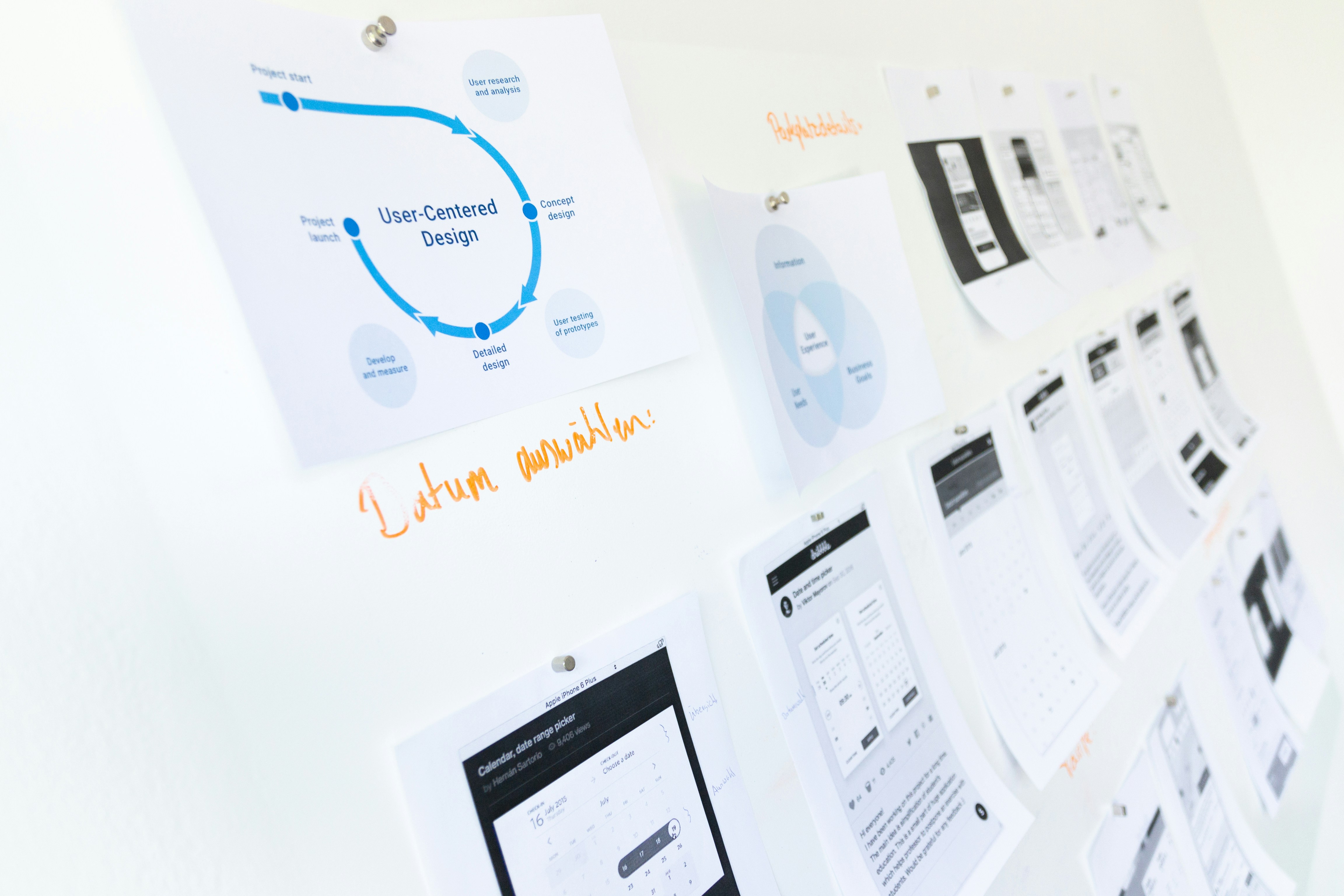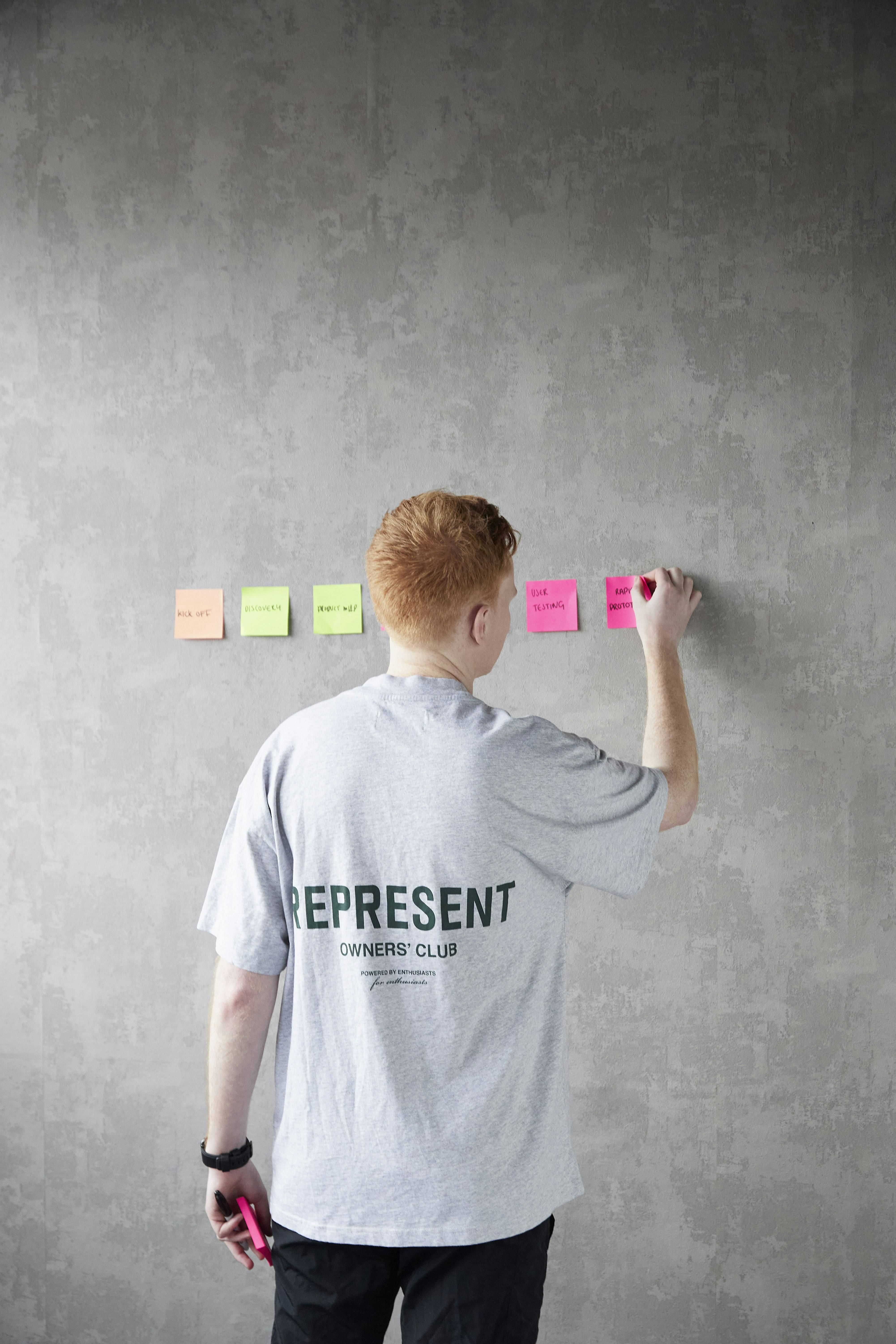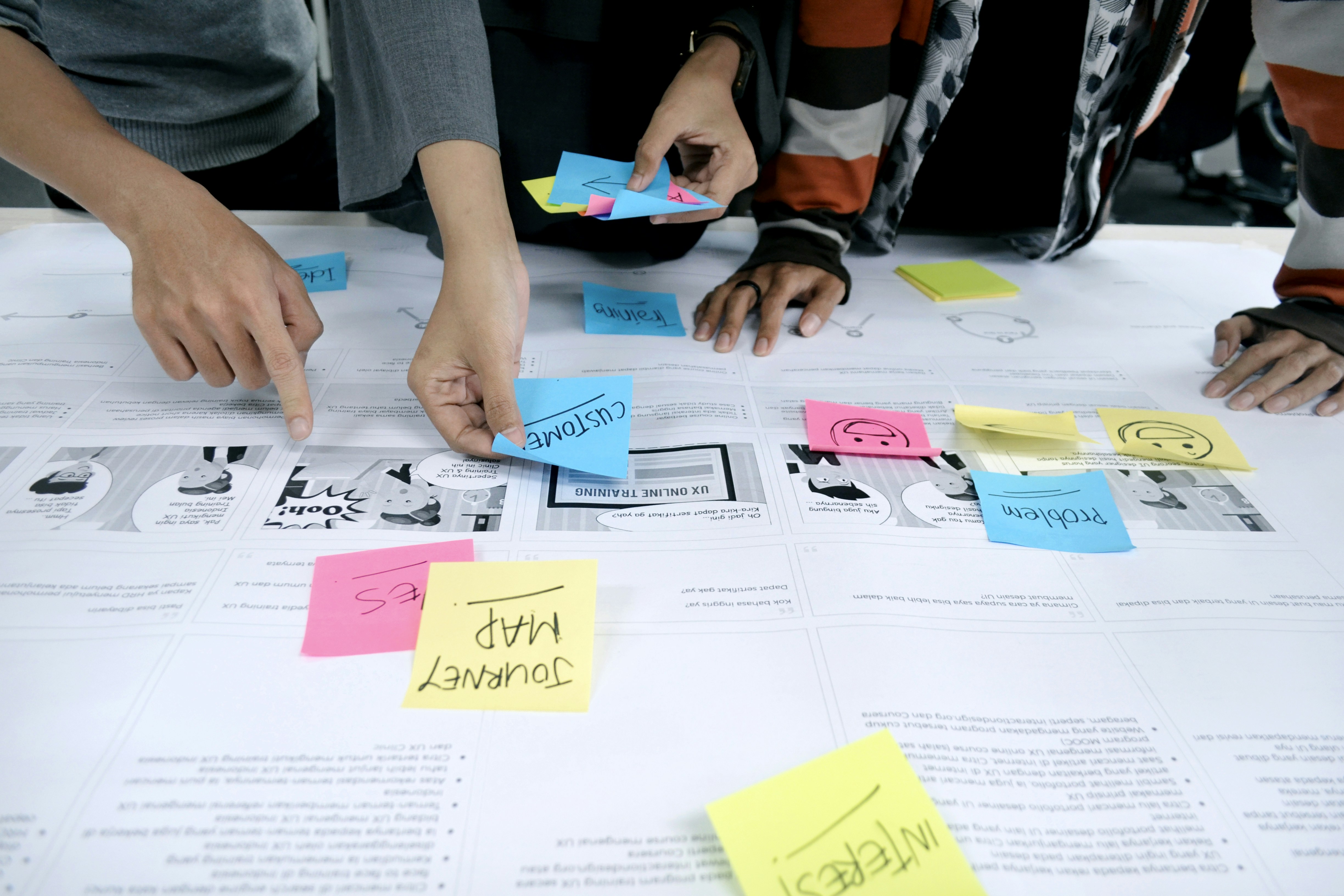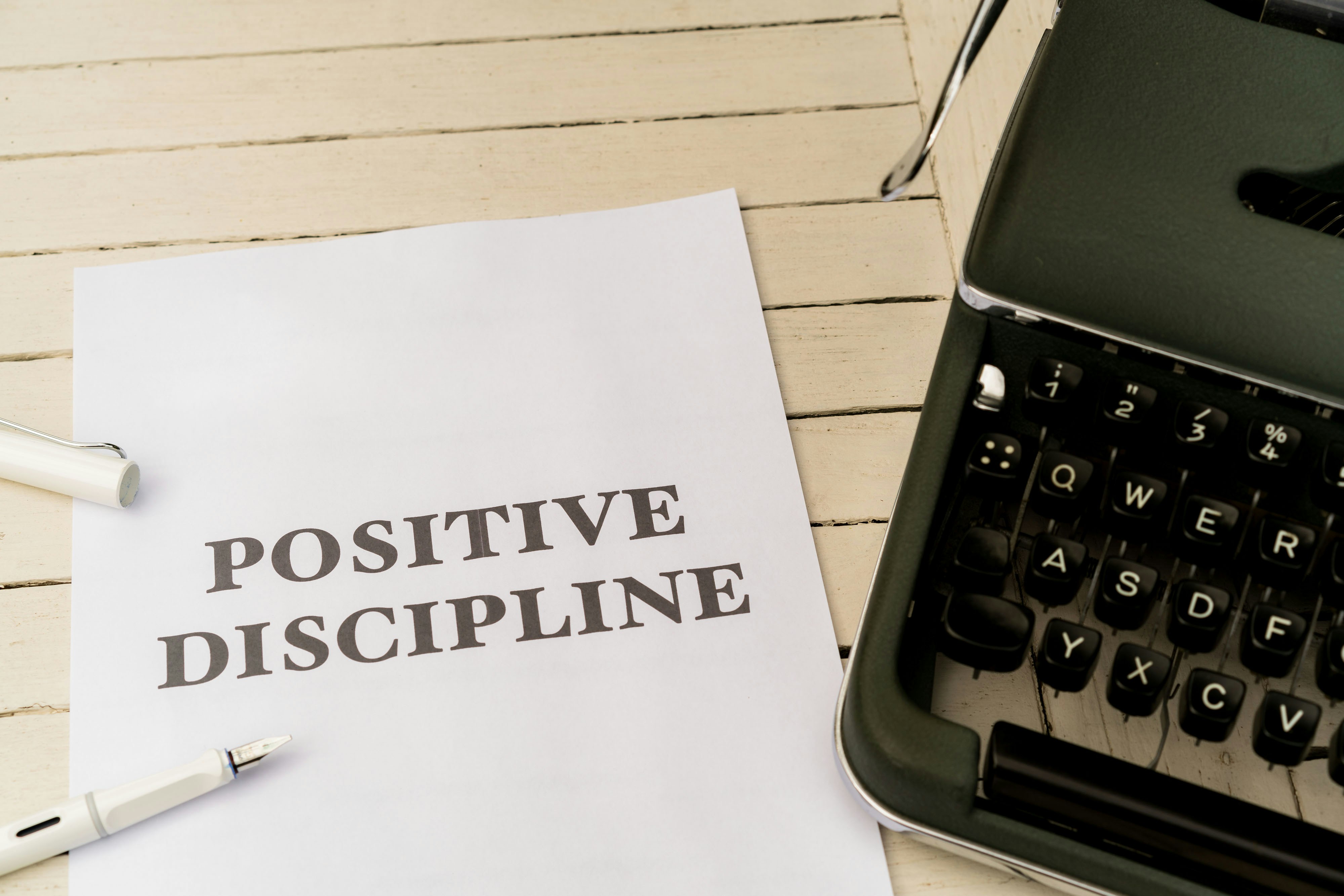From Data to Destiny: AI's Role in Employee Wellness for Growth
In today's fast-paced business landscape, companies face an unprecedented challenge: how to nurture employee well-being while maximizing productivity. Enter AI-powered predictive analytics—an innovative tool that is reshaping how businesses approach employee wellness programs and driving sustainable growth. By leveraging data-driven insights, organizations can foster improved mental health, physical wellness, and overall job satisfaction, ultimately leading to enhanced performance and lower turnover rates. So, how can businesses translate data into action and achieve this balance? Let's delve deeper into the integration of AI tools in employee wellness programs, exploring how they serve as a conduit to sustainable business growth.
Understanding Predictive Analytics in Employee Wellness
Predictive analytics utilizes statistical algorithms and machine learning techniques to identify patterns in data. In the realm of employee wellness, organizations can employ these tools to forecast potential health issues, pinpoint avenues for improvement, and create tailored wellness programs that resonate with their workforce.
Translating Data Into Actionable Insights
A key aspect of predictive analytics is its ability to synthesize large volumes of diverse data. Organizations can analyze employee feedback surveys, health data, attendance records, and engagement metrics to glean insights about their workforce's well-being. For instance, if analytics reveal a correlation between high absenteeism rates and poor job satisfaction, HR teams can prioritize enhancing workplace culture and implementing flexible work arrangements.
Real-World Applications: Case Studies in Action
Several companies have adopted predictive analytics to transform their employee wellness strategies. A notable case is a major tech firm that implemented an AI-driven employee wellness program. By analyzing historical data, they identified workflow stresses contributing to burnout. The result? A comprehensive mental health support program tailored to the unique needs of their employees, which consequently improved job satisfaction ratings by 23% within six months.
For more insights into how tech firms use AI, check out our article on crafting corporate cultures with AI tools.
The Importance of Emotional Well-being in Employee Programs
To effectively enhance employee wellness, organizations must also consider emotional well-being as a core component. Emotional intelligence—recognizing and regulating emotions—plays a significant role in fostering a thriving workplace. When employees feel valued and understood, they're more likely to engage fully in their roles.
Building an Emotionally Intelligent Workplace
AI tools can help organizations identify training needs related to emotional intelligence. Programs that nurture empathy and communication can lead to stronger team dynamics and alleviate workplace tensions. Research shows that organizations that prioritize emotional intelligence initiatives see substantial boosts in employee retention and satisfaction.
If you want to dive deeper into this topic, check out our insights on emotional intelligence's impact on customer experience.
Crafting Tailored Wellness Programs with AI
Generic wellness programs often fail to engage employees altogether. By utilizing predictive analytics, businesses can create bespoke wellness programs that meet the specific needs of their workforce.
Assessing Employee Needs
An AI-driven approach to assessing employee needs involves continuous feedback analysis and well-structured surveys aimed at understanding employee sentiments. Artificial intelligence can process this feedback in real-time, allowing organizations to monitor trends or sudden shifts in workforce morale. This proactive approach enables them to pivot swiftly and implement effective solutions when needed.
Designing Programs Around Insights
Once employers understand the unique needs of their teams, crafting targeted wellness initiatives becomes a streamlined task. Whether it's mental health days, fitness challenges, or personalized healthcare options, AI enables organizations to identify the programs that align with their workforce's interests.
For a glimpse into how businesses are leveraging AI to drive wellness programs, feel free to explore our analysis on transforming workplace cultures with AI tools.
Data-Driven Decision Making and Empowering Employees
One of the most transformative aspects of AI-powered predictive analytics is its impact on decision-making processes. When businesses work with real-time data, they can make informed choices that foster employee well-being, leading to sustainable growth.
Encouraging Proactive Approaches
By employing AI analytics, organizations can anticipate issues before they escalate. For instance, if a predictive model signals that certain teams are experiencing burnout, HR can proactively offer additional resources or suggest flexible work arrangements before employee morale dips dangerously low.
Involving Employees in Decision Making
Encouraging employees to participate in decision-making fosters a culture of transparency and trust. With AI-driven insights, employees can engage in discussions centered around work environment improvements or wellness initiatives that resonate with them, which enhances ownership and accountability for wellness.
Measuring Success: KPIs for Wellness Programs
Every successful wellness program must include measurability to assess its effectiveness. Establishing KPIs allows organizations to evaluate and refine their wellness strategies continually.
Key Performance Indicators (KPIs) to Track
Some essential KPIs to consider include:
- Employee Engagement Scores: Monitoring engagement levels pre- and post-program implementation indicates the program's success.
- Health Metrics: Tracking health benefits utilization and wellness program participation helps gauge employee interest and impact.
- Turnover Rates: Analyzing staff retention rates can reveal if wellness programs positively influence loyalty and commitment.
An in-depth understanding of how to track these KPIs can further enhance your organization's strategies, enabling you to tailor efforts to meet evolving employee needs.
Addressing Ethical Concerns in AI Deployments
While AI presents numerous advantages, ethical considerations must be at the forefront of its implementation. Concerns surrounding privacy, data security, and consent are paramount; organizations must establish clear guidelines to protect employee information and establish trust.
Transparency in Data Usage
For employees to feel comfortable participating in wellness programs driven by AI insights, transparency about data collection and usage is essential. Employers should openly communicate how data is collected, stored, and utilized, securing informed consent from employees. Building a foundation of trust encourages participation and enhances program effectiveness significantly.
Final Thoughts
As we navigate the evolving business landscape, the marriage of AI-powered predictive analytics and employee wellness programs emerges as a beacon of hope for organizations striving for sustainable growth. By leveraging insights derived from data, businesses can craft tailored wellness initiatives, foster emotional well-being, and make data-driven decisions that resonate with their workforce. The future lies in embracing AI as not just a tool, but a partner in nurturing the human aspect of business.
Now is the time to harness AI's capabilities and transform employee wellness into an influential driver of sustainable business practices. Embrace the wave of change and watch as your organization thrives, fueled by engaged and healthy employees.
For further insights on how AI can revolutionize your workplace, explore our article on elevating employee morale through ethical AI.
: Discover how AI-powered predictive analytics is reshaping employee wellness programs, driving sustainable growth, and enhancing workplace culture in today's business landscape.


















